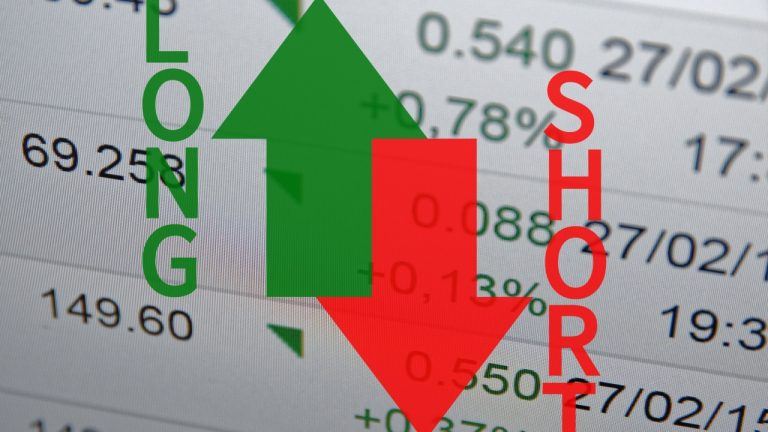
The cryptocurrency market experienced a significant downturn on August 14, leading to a cascade of over $1 billion in liquidations within a mere 24-hour period. This sudden and sharp decline came as a surprise to many investors and traders, erasing both short and long positions across various digital assets.
The market crash was fueled by escalating inflation fears, as concerns mounted over the global economy's stability. Cryptocurrencies, often seen as a hedge against inflation due to their decentralized nature and limited supply, were not immune to the broader economic uncertainties.
Following a period of rapid growth and record highs, the market correction on August 14 served as a stark reminder of the volatility inherent in the crypto space. The abrupt liquidations underscored the risks associated with leveraged trading, where investors borrow funds to amplify their positions in the hopes of higher returns.
Data from Coinglass highlighted the extent of the liquidations, indicating widespread losses among traders who had leveraged their positions in both long and short bets. The swift and widespread nature of the liquidations underscored the speed at which market sentiment can shift in the crypto space, catching many participants off guard.
As the market grappled with the aftermath of the downturn, analysts and experts scrambled to make sense of the factors driving the sell-off. The looming specter of inflation, along with broader macroeconomic concerns, added a layer of uncertainty to an already volatile market environment.
The August 14 crash also reignited discussions around risk management strategies in the crypto market, with many traders reevaluating their approach to leverage and portfolio diversification. The event served as a cautionary tale for those engaging in high-risk trading practices, prompting a renewed focus on prudent risk management techniques.
Despite the turbulence and uncertainty, some market participants viewed the correction as a healthy recalibration for the crypto market, citing the need for periodic corrections to weed out excessive speculation and unsustainable price growth. The market's resilience in the face of such volatility also highlighted the growing maturity of the cryptocurrency ecosystem.
As the dust settled from the August 14 crash, investors and traders remained vigilant, closely monitoring market developments and adjusting their strategies in response to evolving conditions. The event served as a stark reminder of the unpredictable nature of the crypto market, underscoring the importance of diligence and risk management in navigating the ever-changing landscape of digital assets.

Leave a Reply